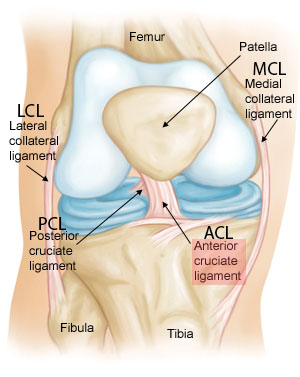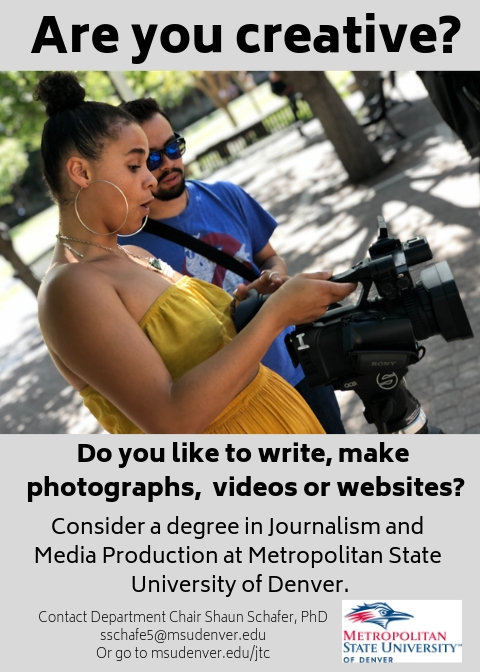Eagle’s Broken Wing
March 4, 2016
Nobody likes to get bruises and scrapes, but a torn ACL is the king of injuries. An athlete’s worst nightmare. A tear of one’s ACL can put an athlete out of their sport for six to nine months, and this is only after surgery. In the case of junior Kaitlin Coleman, it has been five months since her surgery, and she is already desperate to get back on the soccer field to do what she loves.
Not only does this injury take months of waiting but rigorous and constant rehab are required in order to regain the strength and range of motion.
The knee is able to move and function with the help of four main ligaments that hold together the femur and tibia and fibula, the three leg bones. These four ligaments are the MCL, LCL, PCL, and the ACL. The ACL runs diagonally through the middle of the knee in a vital position.
Although it can be painful and dangerous when any of these four ligaments are torn, when it comes to functionality, the ACL is the most important ligament due to its positioning within the knee. The ACL is the main tendon that keeps the entire knee from shifting out of place. Whether the injury requires surgery or not depends on the extent of damage. Usually when the injury is sports induced, it will require surgery. Kaitlin’s injury was extreme enough for surgery.
Devastated and afraid of the imminent surgery, the torn ACL was a large setback in Kaitlin’s sports career. Luckily, ACL surgery has evolved and improved over the years and has reached a success rate of between 90-95%. Different methodologies of an ACL replacement surgery are done depending on the age and strength of the patient. For Kaitlin, the surgeons replaced the ACL with one of her hamstring tendons because her hamstring muscle was strong from her previous years of athletics. Now, her left leg has seven hamstring tendons while her right leg has eight.
“The surgery left my leg with an empty sort of feeling. Even five months later I can still feel a difference in my injured leg,” Kaitlin said.
Sadly, surgery does not fix the injury completely. Months of intense exercise, every day, along with being careful not to re-injure the leg, makes the recovery process of the ACL long and tedious. Different recovery stages are used, starting with strength and leading up to lateral jumping and straight line running. Each stage puts more strain on the recovering leg as it strengthens. These recovery processes (usually small exercises) are typically moderated and evaluated by personal trainers who will test how much the leg is recovered. This is done with tests that give a percentage of movement that is gained back from the original range of motion. A “pass” is 95% and above. Due to Kaitlin’s drive and motivation to get back on the field, she has been able to score a 98.9% on this test. Her personal trainer now says she will be playing soccer again in May.
An ACL injury is a crushing injury. Especially when athletes, who love their sport more than anything, are struck with misfortune. This does not mean that their sports career is over. Hard work and a good attitude can make all the difference. Having this injury gave Kaitlin a great appreciation for not only sports, but the use of her leg in general.
“I was happy to just be able to run again. Even though it’s been a long and slow recovery, every minor goal I accomplish feels big. When I get to play soccer again, I will be much more grateful for the game than I was before.”






